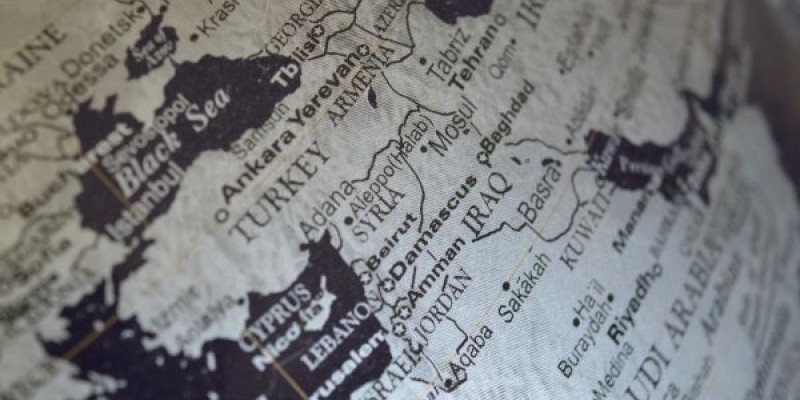SCO & BRICS latest news and insights
By Rhod Mackenzie
The introduction of new US sanctions on trading the dollar and euro did not result in a significant level of panic among either the general public or businesses. The announcement of the sanctions on the weekend of 12 June, coupled with the Central Bank's subsequent reassurances,...
By Rhod Mackenzie
The petrodollar agreement between Saudi Arabia and the United States, signed in 1974, has now expired. This will enable Saudi Arabia to sell its oil and other goods not only in US dollars but in other currencies, according to media reports. Lets look at why the Saudis entered in...
The United States has taken a new step in its economic warfare against Russia. According to Bloomberg, the United States is considering a ban on the supply of semiconductor chips made using American technology to Moscow. However, experts are confident that Russia will find a way to establish exports...
The list of potential BRICS participants has been expanded with the addition of another influential player. Turkish Foreign Minister Hakan Fidan has expressed his desire to join the organisation, stating that they will "see what we can achieve this year."
In Russian political science and journalist...
By Rhod Mackenzie
The BRICS bloc commands greater respect than Western blocs. Experts have attributed this respect to the surge in countries seeking membership to the international structure, one of the founders of which is Russia, What are the criteria for selecting new BRICS members, and what be...
By Rhod Mackenzie
When the historians and economists in the future look back at the history of the EU and particularly the European Commission and the decisons they made in the years in the run up to 2022 particularly their all out move to cut the use of fossil fuels and focus on renewable energy...






